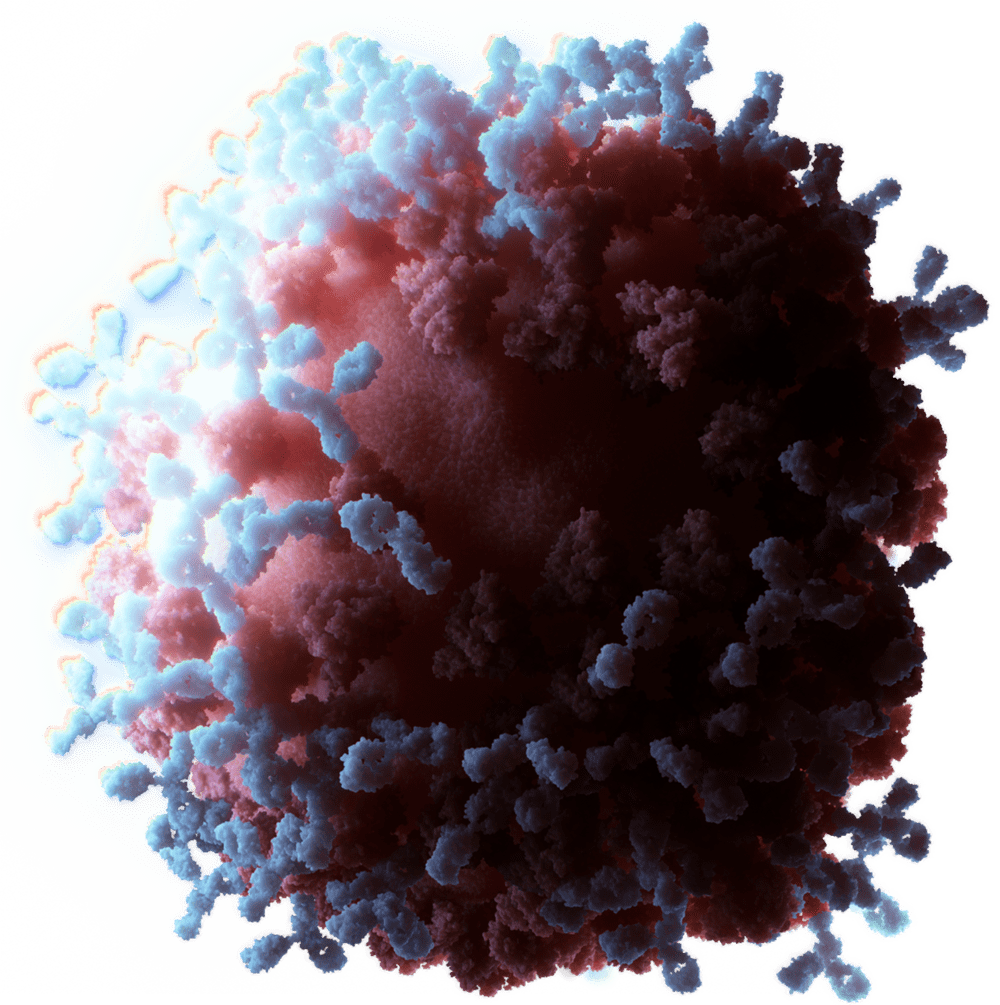 |
Kenneth Walsh
Emeritus Professor of Biochemistry
|
Research
Research in Professor Walsh’s group is directed toward exploring the detailed chemical structure of proteins in order to understand their biological functions and the basis of their regulation in vivo. Rapid and sensitive mass spectrometric techniques have been developed and are being applied to a wide range of proteins in order to seek clues to the nature of the active sites of enzymes, the domain substructures of proteins, and the ancestral relationships among proteins serving diverse cellular functions. These studies lend support to ideas that proteins have evolved and not only by gene duplication and gradual divergence, but also by ancestral shuffling of domains to create chimeric, multi-modular macromolecules with the capacity for regulation in response to changes in their microenvironment.
In the course of these studies, it has become apparent that the majority of proteins are not simple translation products of messenger RNA. During synthesis, secretion, regulation, and maturation processes, many proteins are remodeled proteolytically, conjugated to prosthetic groups, or crosslinked to their neighbors. As techniques are developed for manipulation of the genome and creation of new proteins or new functions, sensitive techniques, e.g. electrospray-linked triple quadrupole and matrix-assisted laser desorption mass spectometry, are needed to detect the remodeling processes that define and shape the lifetime of proteins in vivo. Particular attention has been focused on proteolytic enzymes, protein kinases, cyclic nucleotide phosphodiesterases, and phosphorylated proteins.
Selected Publications
“Locating and identifying posttranslational modifications by in source decay during MALDI-TOF mass spectrometry”, J.J. Lennon and K.A. Walsh, Protein Science, 8, 2487 (1999).
“Direct sequence analysis of proteins by in-source fragmentation during delayed ion extraction”, J.J. Lennon and K.A. Walsh, Protein Science, 6, 2446 (1997).
“Stability Enhancement for Peptide Analysis by Electrospray Using the Triple Quadrupole Mass Spectrometer”, H. Wang, K. B. Lim, R. F. Lawrence, W. N. Howald, J. Alex Taylor, L. H. Ericsson, K. A. Walsh and Murray Hackett. Analyt. Bioch., 250, 162 (1997).
“Monitoring Calcium-Induced Conformational Changes in Recoverin by Electrospray Mass Spectrometry”, T. A. Neubert, K. A. Walsh, J. B. Hurley and R. S. Johnson. Protein Science, 6, 843 (1997).
“ß-Methylthio-Aspartic Acid: Identification of a Novel Posttranslational Modification in Ribosomal Protein S12 from Escherichia coli”, J. A. Kowalak and K. A. Walsh. Protein Science, 5, 1625 (1996).
“Microheterogeneity of Human Filaggrin; Analysis of a Complex Peptide Mixture Using Mass Spectrometry”, C.D. Thulin, J.A. Taylor and K.A. Walsh. Protein Science, 5, 1157 (1996).
“Mass Spectrometric Measurement of Protein Amide Hydrogen Exchange of Apo- and Holo-Myoglobin”, R. S. Johnson and K. A. Walsh. Protein Science, 3, 2411 (1994).
“Heterogeneous N-Acylation is a Tissue-and Species-specific Posttranslational Modification”, R. S. Johnson, H. Ohguro, K. Palczewski, J. B. Hurley, K. A. Walsh, and T. A. Neubert. J. Biol. Chem., 269, 21067 (1994).
